Increased use of solar heat for large buildings and industry
With 472 gigawatt thermal (GWth) installed at the end of 2017, solar heating and cooling was again the largest solar sector worldwide followed by Photovoltaics (402 GWp) and Concentrating Solar Power (5 GWel). The new report, Solar Heat Worldwide, highlights as well the increasing use of megawatt solar heating and cooling solutions for large public and private buildings as well as factories. The annual report was launched at the end of May by the IEA Solar Heating and Cooling Programme (IEA SHC). Lead author is the Austrian research institute AEE INTEC. With data from 66 countries, it is the most comprehensive annual evaluation of solar heating and cooling markets worldwide. In 2016 (most recent available data), the global solar thermal sector employed 708,000 people and reached a global turnover of EUR 16 billion (USD 19.2 billion).
Solar Heat in Industry (SHIP)
“2017 was a record year for new solar heat for industrial processes (SHIP) installations driven by economic competitiveness, a strong supply chain and policies to reduce air pollution”, said Ken Guthrie, Chairman of the IEA SHC Programme. 124 new large systems were put into operation. India and Mexico had the highest number of new SHIP plants. SHIP is a global business – the largest plants came online last year in Oman, China and Afghanistan. The project in Oman is a 100 MWth parabolic trough collector field, placed in greenhouses. The solar steam is used for an enhanced oil recovery plant since early 2018.
Solar District Heating (SDH)
“More and more countries recognise that solar thermal district heating is the most cost-effective way to decarbonise the heating sector”, explains Guthrie. The first SDH installations above >500 m² (350 kWth) came online in France, Serbia, Australia and Kyrgyzstan. In total 15 large-scale solar thermal systems were added in 2017 mostly in the established markets as Austria, China, Denmark, Germany and Sweden. For the first time parabolic trough collector technologies were used for feeding energy into district heating networks. The largest installation started operation in Inner Mongolia in October 2016 (75,000 m2) followed by a Danish installation with 26,929 m2 in the municipality of Brønderslev (see photo).
Residential markets under pressure
Due to increasing competition with other renewable technologies in the residential sector and the continuously low fossil fuel prices throughout 2017, new installations in China and Europe declined. The added global solar thermal capacity of around 35 GWth was down by 4.2 % in 2017.
This downward trend of the previous year flattened out somewhat in China last year due to the rising demand for solar space heating and solar water heaters for large real estate projects. New installations in China declined by only 6% relative to 2016, which saw a 9% one-year market decline, following an even larger year-to-year contraction (-17%) in 2015.
Market growth was recorded in India (26%), Mexico (7%) and Turkey (4%). All three markets have cost competitive residential solutions and no direct subsidy schemes in place. Therefore it is no surprise that India and Turkey have the lowest solar hot water prices with 2 to 3 €-ct/kWh according to the Levelised Cost of Heat calculations in chapter 5. On the high end of solar heat costs are France with 19 €-ct/kWh for small systems and 14 €-ct/kWh for multi-family houses, and in Denmark with 16 and 12 €-ct/kWh respectively.
Other key market trends
- Collector technology depends on the region: Vacuum tube collectors dominated the global solar thermal capacity in operation (72%), whereas flat plate collectors are most common in Europe (83%).
- In 2016, solar thermal systems in multi-family houses, hotels and schools contributed 27% to globally produced solar heat. Solar water heaters for single family houses reduced their market share slightly. Swimming pool heating (4%) and solar combi systems (2%) were niche markets.
- The leading countries for air collector installations were Australia, Canada, Japan and the United States. Solar air heating provides typically 20 to 30% of the annual space heating demand of buildings and dries agricultural products.
Key Global Figures of Solar Heating and Cooling
| Total capacity in operation end of 2017 1 | 472 GWth |
| Growth in total capacity in operation 2015/2016 | +4% |
| Climate protection contribution in 2017 | 388 terawatt hours of solar energy saved
41.7 million tons of oil and 134.7 million tons of CO2 |
| Top five countries: new capacity 2016 2 | China, Turkey, Brazil, India, and United States |
| Top five countries: total capacity in operation end of 2016 2 | China, United States, Turkey, Germany, and Brazil |
| Top five countries: total capacity per capita end of 2016 2 | Barbados, Austria, Cyprus, Israel, and Greece |
1 Unglazed, glazed flat-plate and evacuated tube collectors with water as the energy carrier as well as glazed and unglazed air collectors are considered.
2 Glazed and unglazed water collectors are considered.
Solar Heat Worldwide
First published in 2002, Solar Heat Worldwide 2018 gathered market data on installed capacities, costs and share of applications from 66 countries. The 93-page report includes chapters on commercial applications and Levelized Cost of Heat. Solar Heat Worldwide has a solid reputation as reference for solar heating and cooling data among international organizations including REN21 and International Renewable Energy Agency (IRENA). The study was again the main contributor for the solar heating and cooling chapters of REN21’s Renewable 2018 Global Status Report (GSR), which is one of the key policy adviser reports on renewables.
###
About IEA SHC
The International Energy Agency, Solar Heating and Cooling Technology Collaboration Programme (IEA SHC) is an international research and information programme on solar heating and cooling technologies. Over 200 experts from 20 countries, the European Commission and five international organizations conduct collaborative research on a wide range of topics from solar envelope solutions to future storage tank concepts and the integration of large-scale solar fields in district heating and cooling networks. SHC is one of the oldest Technology Collaboration Programmes of the IEA founded in 1977 and one of ten in the field of renewable energies.
Contact information
IEA SHC Information Center: Pam Murphy, communications@iea-shc.org
Solar Heat Worldwide 2018 for Download: http://www.iea-shc.org/solar-heat-worldwide
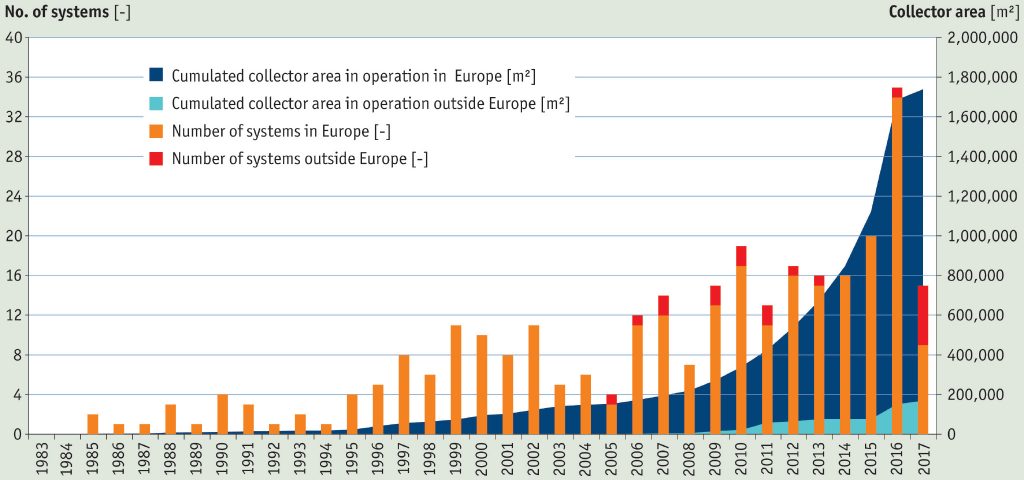
Increasing demand for large-scale systems for solar district heating and large residential, commercial and public buildings worldwide – annual achievements and cumulated area in operation in 2017
Source: Solar Heat Worldwide 2018
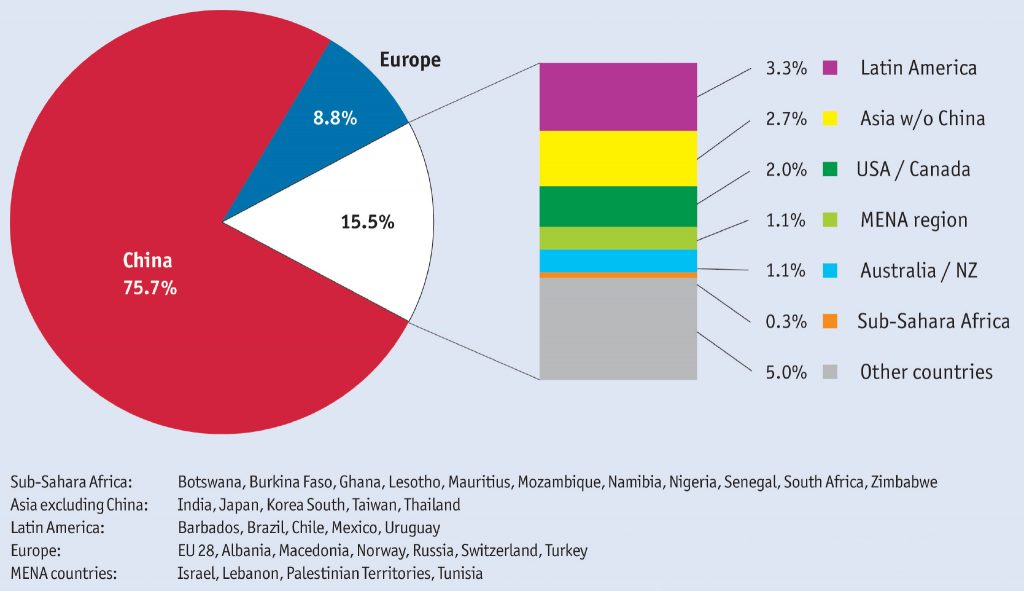
China and Europe were again the largest solar heating and cooling markets 2016
Source: Solar Heat Worldwide 2018
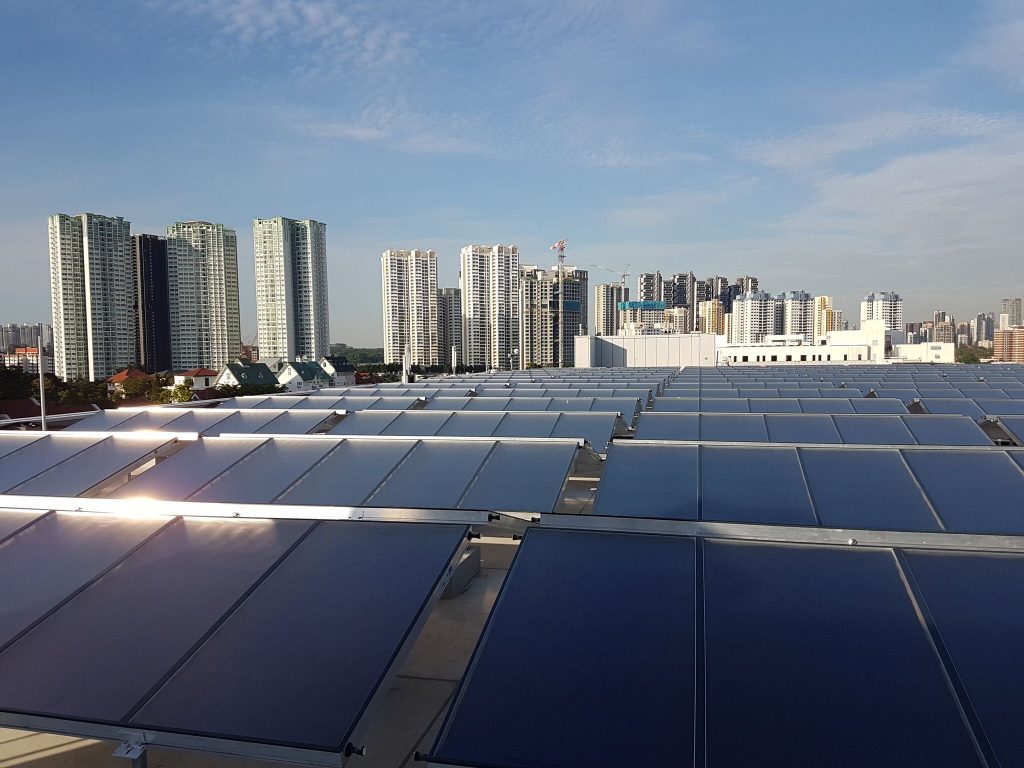
IKEA Singapore copyright SOLID.jpg
Around 2,500 m2 collector area cools IKEA´s sales floors and warehouse in Singapore. Photo: S.O.L.I.D.
Photos and charts are available in the following dropbox link:
https://www.dropbox.com/sh/afhxex83earslw1/AACMumcWu-KoXX1_yrM5UUOKa?dl=0
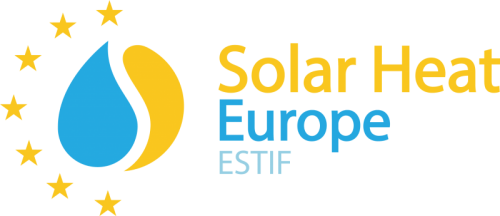
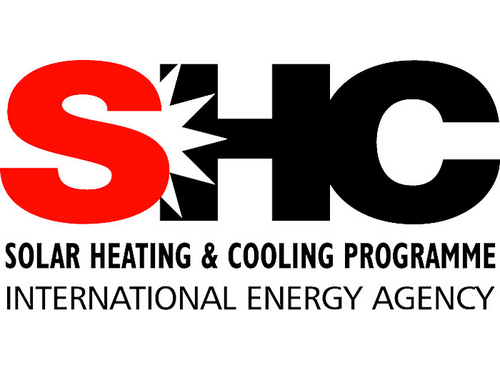
Leave a Reply